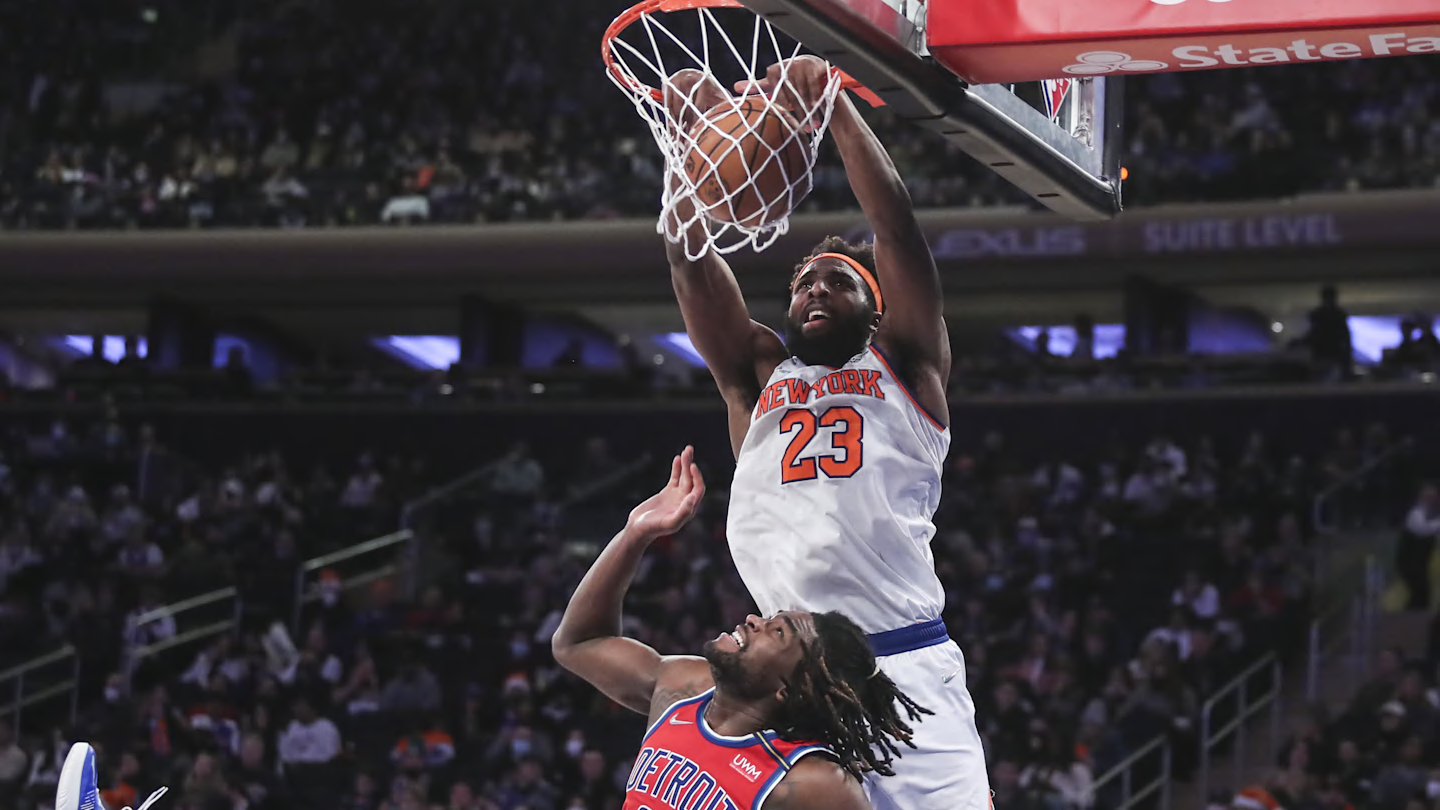Tech
A piece of the action: museum partnership in New York invites visitors to take home fragments of digital artworks

The Museum of the Moving Image (MoMI) in New York and the grant-making Tezos Foundation have launched a year-long collaboration, Museum without walls, to encourage artists who use emerging technologies in their work, and to involve the museum’s audience in the act of collecting (for free). Visitors to MoMI will be able to acquire, without any costs, a fragment of digital art from moving-image works projected on the giant media wall in the museum’s lobby. Those fragments will be certified on Tezos, the arts-centred blockchain noted for its emphasis on sustainability and a low carbon footprint.
From Friday 28 June visitors to the museum in Astoria, Queens will find an interactive station installed in the museum’s lobby which will enable them to acquire and take home fragments from complimentary open editions of newly created digital art. “In addition, some open editions will be made available online via the museum’s website,” the museum says. “All digital artworks will be minted on the Tezos blockchain.”
The first open edition on offer will be from the celebrated Net artist Auriea Harvey, an early adopter of the Tezos platform, who has an exhibition at the museum until 1 December. At the same time, the museum will show works on its Herbert S. Schlosser Media Wall. The first display of this type is titled Easel Engine, and will feature the work of five artists: initially that of the Brazilian artist Sabato Visconti and thereafter pieces by John Provencher, Estelle Flores, Ailadi and LuYang.
Regina Harsanyi, associate curator of media arts at the Museum of the Moving Image, tells The Art Newspaper that the decision to offer fragments of works in a museum setting builds on a long history within participatory installation art. She cites the work of Carlos Motta, Yoko Ono, Louise Lawler, Carsten Höller, and Félix González Torres as examples.
“This concept isn’t new, it’s just that it hasn’t been explored very much by museums in relationship to media arts,” she says. She highlights New York-based Colombian artist Motta’s A Brief History of US Interventions in Latin America since 1946 (2004-06)—a free newspaper-style handout which presents two timelines: one of US interventions since the 1940s and one of the guerrilla movements in the region—as the kind of work that has inspired the Museum without walls project.
Aleksandra Artamonovskaja, head of arts for TriliTech, the London-based R&D and entrepreneurship team supporting Tezos blockchain, tells The Art Newspaper that Tezos “has been working collaboratively across many museum partnerships to make it easy for people to collect arts”. (Tezos worked with the Museum of Modern Art (MoMA) on its Postcards blockchain project in 2023.)
“Tezos Foundation identified that MoMI resonates with our values,” Artamonovskaja says, “and were open to bringing blockchain, in this way, inside the museum and letting others interact with it. So we have been working together on defining how the programme will look.” She say that there has been a big, direct collaboration “in line with what we’re trying to show other [institutions], which is exciting”.
“We are thrilled to partner with the Tezos Foundation—and to showcase original work at the intersection of art and technology,” said Aziz Isham, executive director of MoMI. “MoMI continues to be the place where people see the future for the very first time.”
Artamonovskaja sees the project, with the “ethereal piece” of digital art “that you take home” as “building on the idea of museums going outside, [of] breaking down the walls of the museums. It’s not a work of art, it’s not a gift shop. It’s something in between. And I think that is something new.” “And maybe that’s a continuation of the artwork,” she says, “that you go home and continue to think and get inspired… What does technology, what does blockchain technology mean? [These are] some of the questions that artists experimenting with technology want the audience to ask themselves.”
For Harsanyi, the programme is part of the museum’s mission to introduce “a wide, diverse audience to artists who are experimenting with digital tools. It’s been happening since the early 1960s.” It is also, she says, part of her desire to prove that “museums are not mausoleums and that museums exist beyond their own walls.” It is a continuation, she says, of “the idea that you can continue to experience the art beyond the experience of being within the proverbial white cube.”
- Museum without walls: Momi x Tezos, Museum of the Moving Image, New York, 28 June 2024—29 June 2025
- Auriea Harvey: My Veins Are the Wires, My Body Is Your Keyboard, Museum of the Moving Image, New York, until 1 December










